Do you have information about macOS operating system, if yes there are several macOS operating systems starting from macOS X to macOS Monterey? And there is the final version of the macOS operating system is macOS Monterey which is newly launched at the recent WWDC 2021 for the public. On the other side, there is PearOS of Monterey is now available which is a Linux Disto. As I don’t have the idea about older versions of macOS, but starting from macOS Catalina, macOS Big Sur there is a macOS Linux distro version is available.
However, there is a specific name for the macOS Monterey Linux distro called PearOS Monterey, macOS Catalina, the same for macOS Big Sur there is ThiccSur. So, in this article, I will guide you on how to install PearOS Monterey on VMware on Windows PC.
Install PearOS Monterey on VMware on Windows PC
There might be no available macOS Catalina or macOS ThiccSur ISO image file on the internet. But they officially launched the version of PearOS Monterey on their official website which is Linux Distro. PearOS Monterey is built under the Ubuntu operating system, which has the macOS Monterey internal and interface features but with Linux Distro.
As macOS Monterey is a free open-source operating system for Macintosh and Mac users. The same PearOS Monterey is also a free open-source operating system that is completely free on the internet to download its ISO image file. So, with the same VMware Workstation is also free and open-source for Windows users. So, here I will install it on VMware Workstation on Windows PC with a Complete guide.
Steps to Install PearOS Monterey
Step 1. Install the VMware Workstation on your Windows PC, once the installation is completed go to VMware and open it. On the main welcome wizard screen click on “Create a New Virtual Machine”.
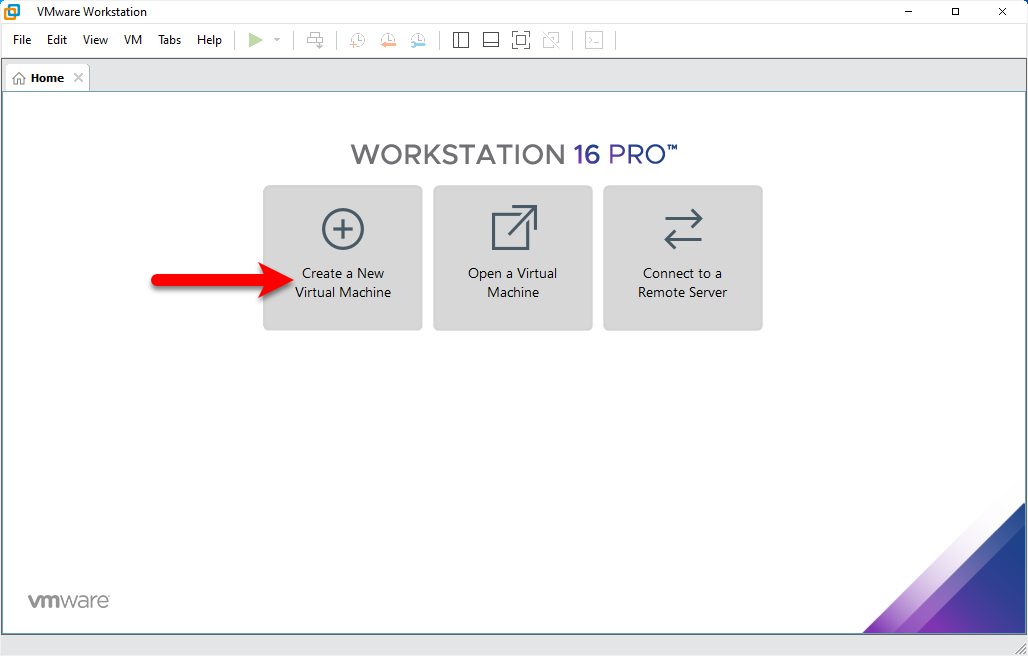
Step 2. Now at the first step, select Typical (Recommended) then click next, select “I will install the operating system later” and click next.

Step 3. Select the guest operating system “Linux” under the version select “Other Linux 5. x and later Kernal 64-Bit” then click next. Enter a name for Virtual machine and click next.
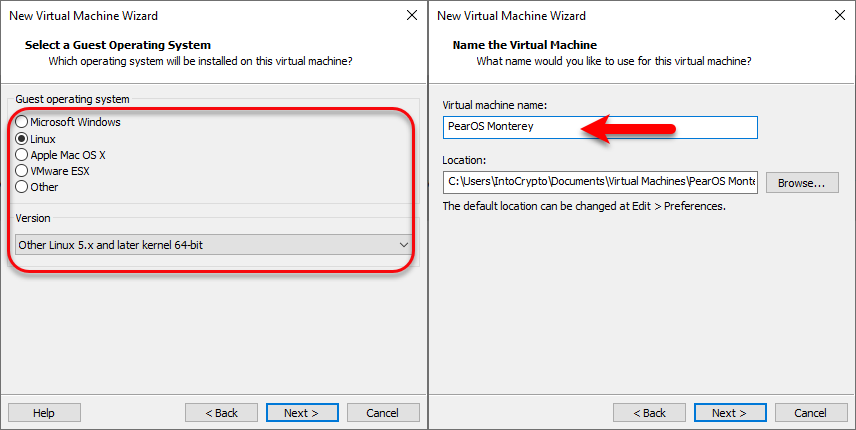
Step 4. Select the maximum disk size, and select “Store virtual disk as a single file” then click next, now click on Finish to create the virtual machine.
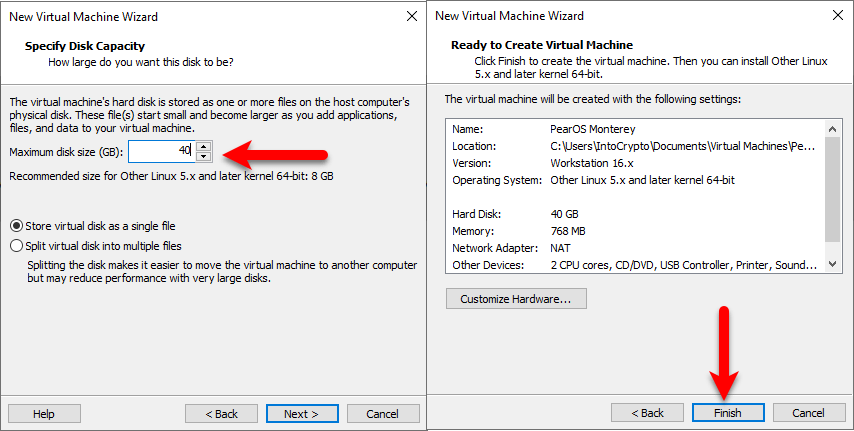
Step 5. When the virtual machine is successfully created you need to edit some settings of it. Therefore, select the created virtual machine and click on “Edit Virtual Machine Settings”.
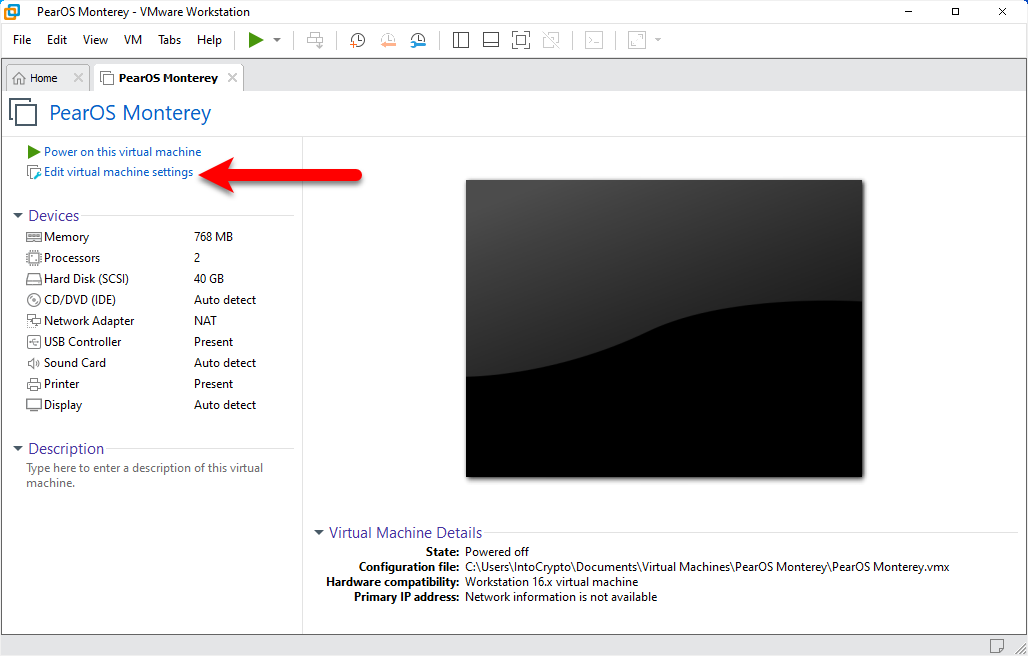
Step 6. While the virtual machine settings window opened select the memory and increase the Memory size. Select the processor’s tab and increase the number of core processors.
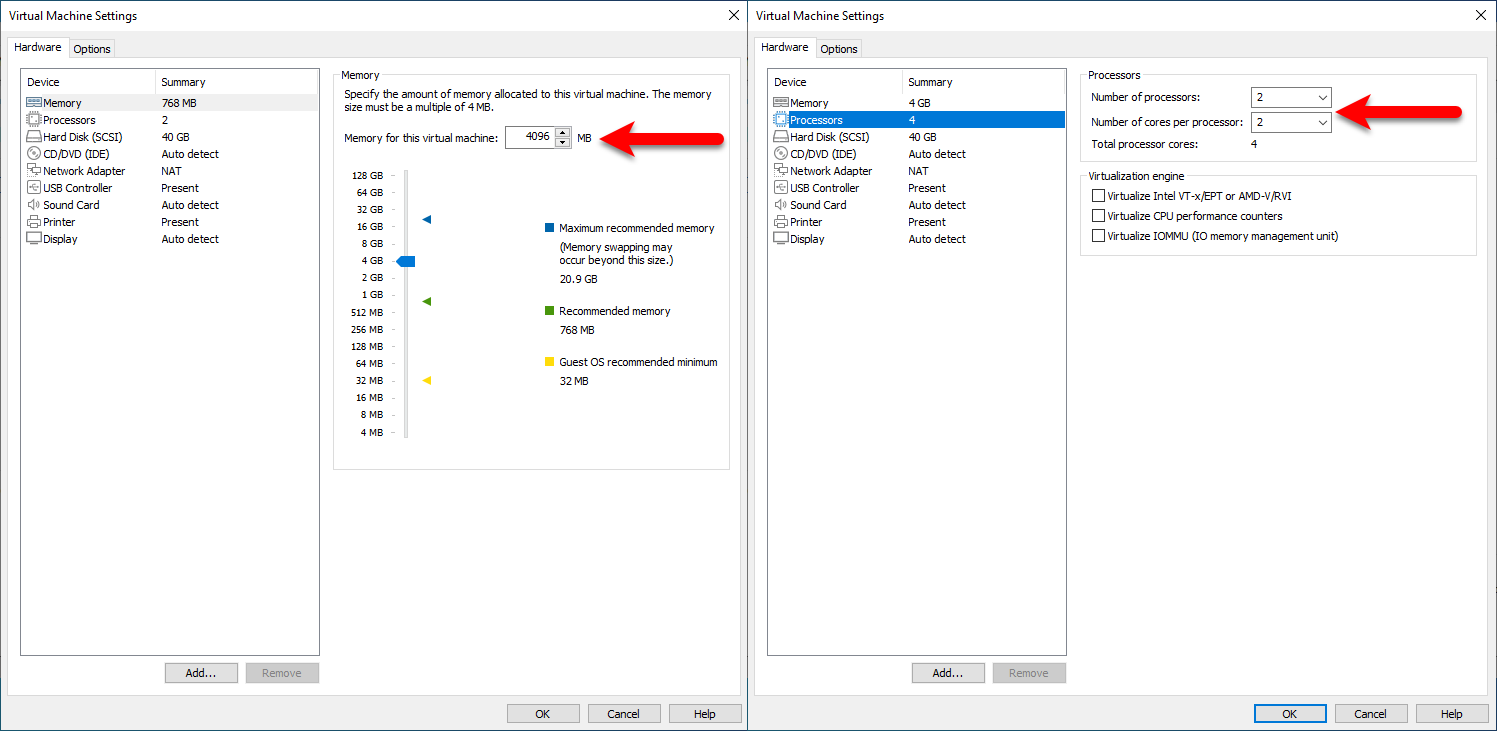
Step 7. Select CD/DVD tab click on “Use ISO image file” then click on the Browse option. Now navigate to the place where you have stored the PearOS Monterey ISO file, select the ISO file and click on the Open option.
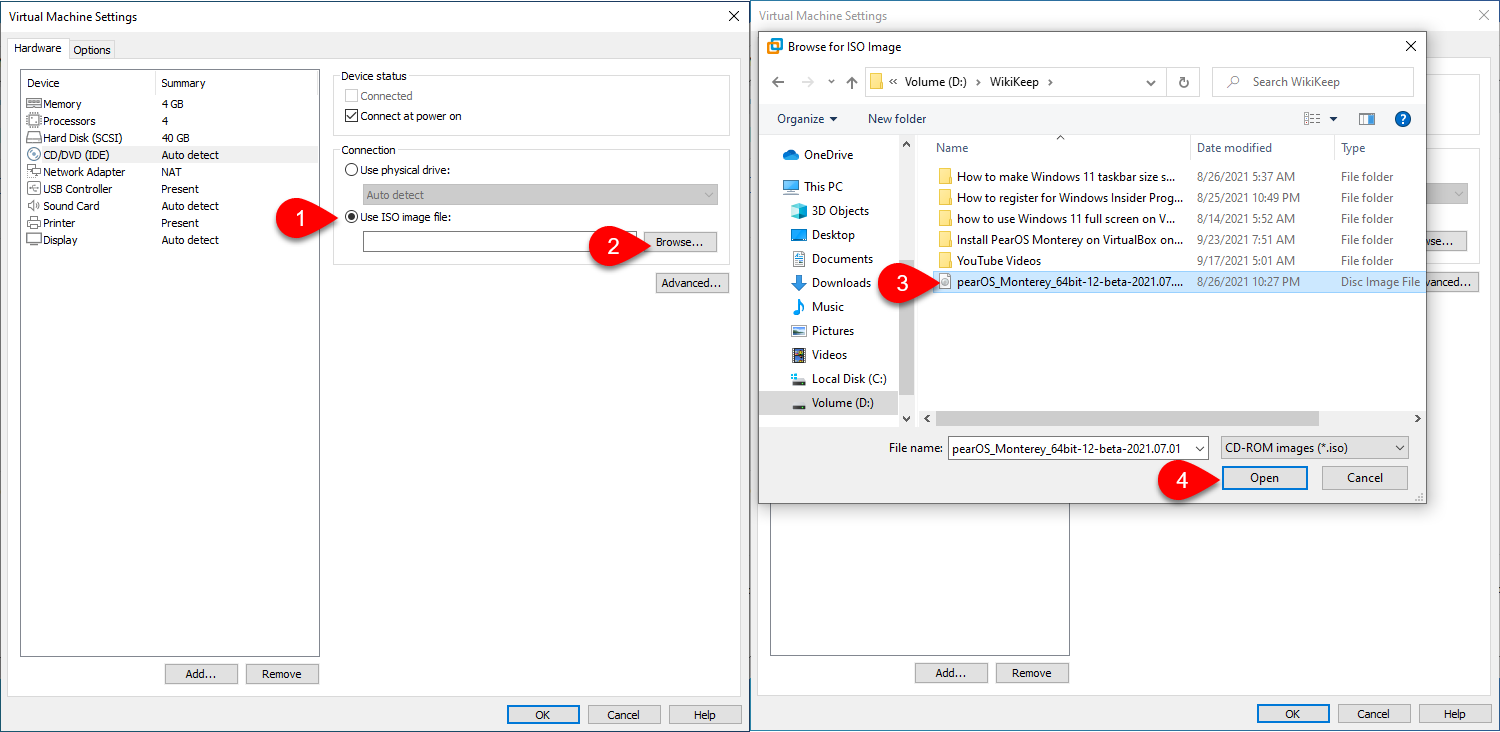
Step 8. Now click the OK option to save the settings.
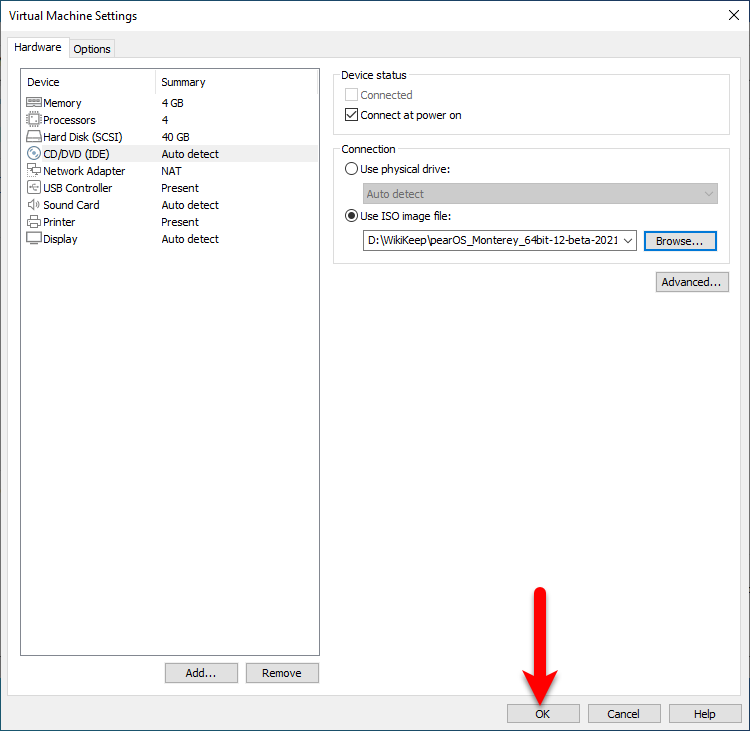
Start the Installation of PearOS Monterey
Once everything is successfully done for PearOS Monterey installation on VMware Workstation. Now to install it click on “Power on this virtual machine”.
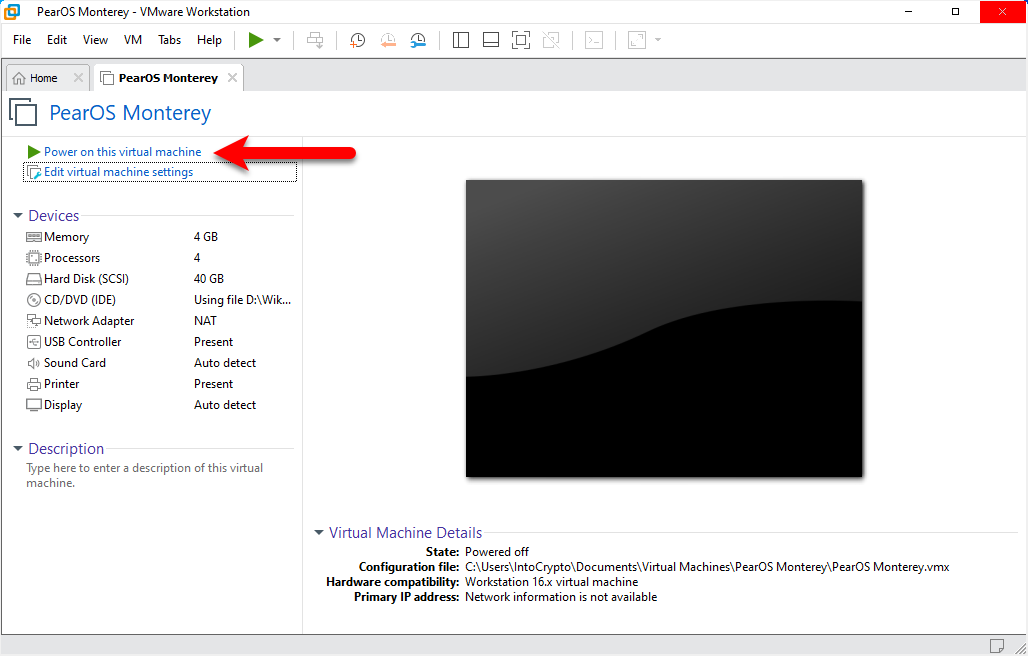
- After pressing the start button wait for the PearOS Monterey logo.
- Once the PearOS Monterey window appeared double-click on “Install PearOS Monterey” to launch the installation wizard.
- On the welcome screen simply click on next.
- Choose your location where you live and click next.
- Choose your keyboard layout and click Next.
- Select Erase disk and click next.
- Enter your name and choose a password then click Install.
- Wait for installation until it should be completed.
- Once the installation successfully completed click on Done to restart the virtual machine.
[metaslider id=6232]
Once the virtual machine restarted you will see the full-screen view of PearOS Monterey on VMware on Windows PC.
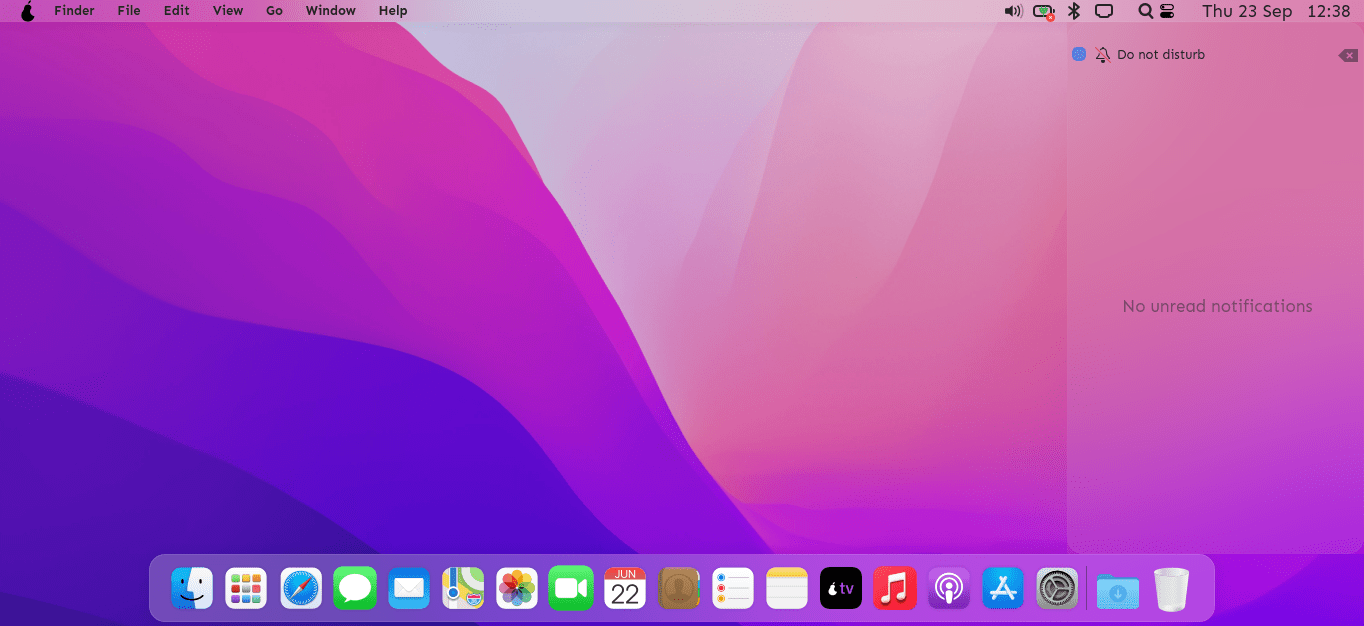
Final Point
It was about how to install PearOS Monterey on VMware on Windows PC. As PearOS Monterey is a Linux distro but installing on VMware on Windows PC is having another test. So, If you faced any kind of problem feels free to share with us via the comment section.
